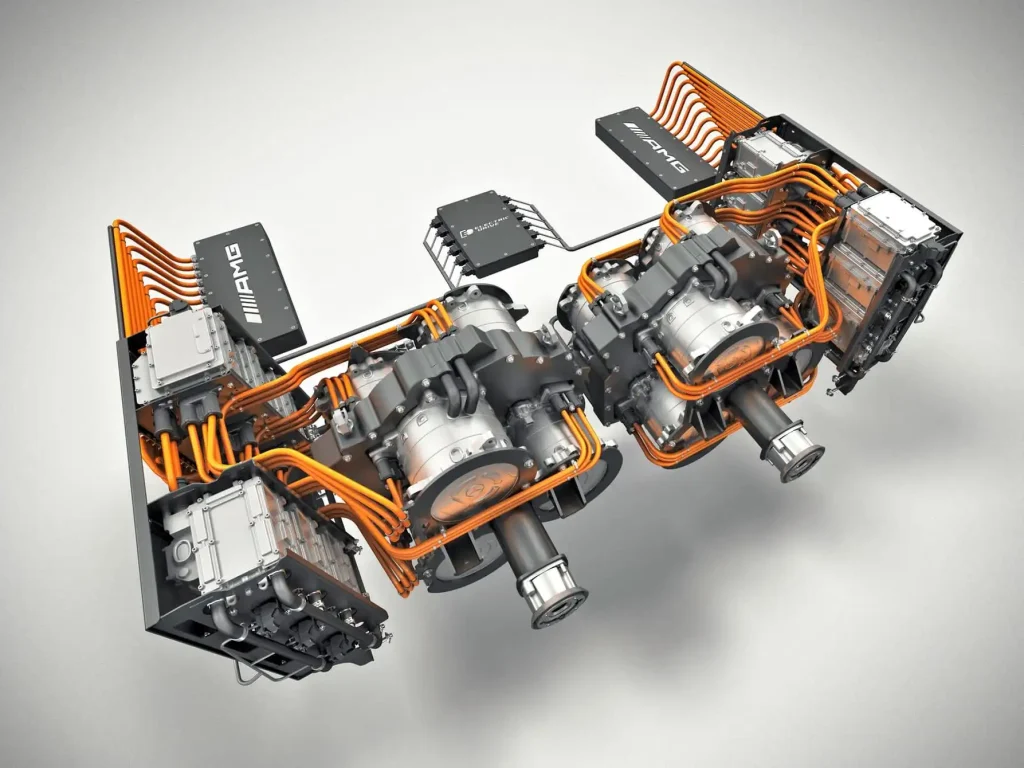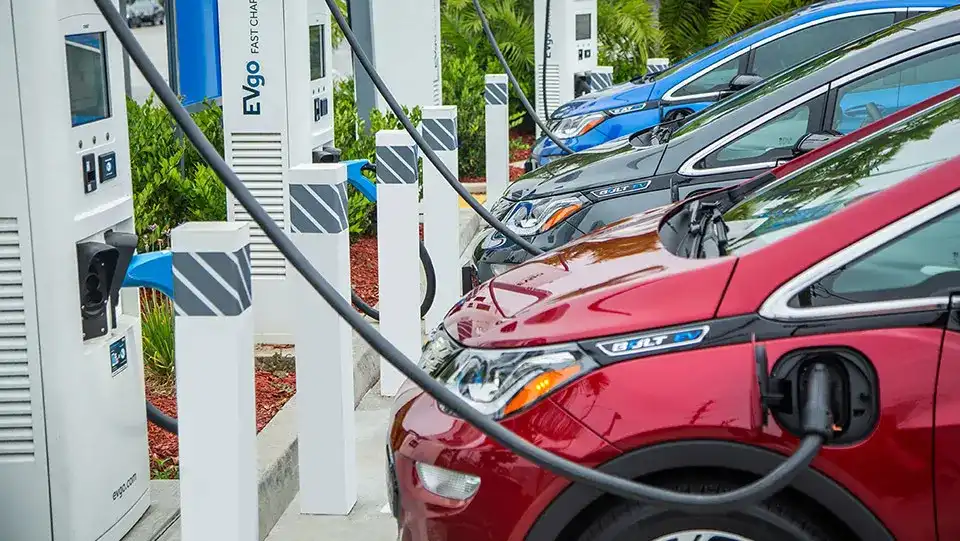Maturity
Maturity is a mindset, not an age. While society often associates maturity with getting older, the truth is that maturity has more to do with how you think, react, and handle life’s challenges than with the number of years you’ve lived. Maturity is about the choices you make, the way you approach situations, and the level of responsibility you take for your actions. It’s a mindset that can be developed at any age, and it’s what truly defines your character.
One of the key elements of a mature mindset is the ability to see beyond yourself. Mature people understand that the world doesn’t revolve around them, and they consider the perspectives and needs of others when making decisions. This doesn’t mean they always put others first to the detriment of their own well-being, but they have the wisdom to balance their needs with those of others. They recognise that actions have consequences, not just for themselves but for those around them, and they act with this awareness in mind.
Maturity also involves emotional regulation. Life is full of situations that can trigger strong emotions, whether it’s frustration, anger, sadness, or joy. Mature people do not let these emotions dictate their actions. Instead, they have the ability to manage their feelings, staying calm and composed even in difficult situations. This emotional stability allows them to make decisions based on logic and reason rather than being driven by impulsive reactions.
Another important aspect of maturity is the willingness to take responsibility for one’s actions. Mature people do not shy away from accountability. They understand that every choice they make has a consequence, and they are willing to own those consequences, whether positive or negative. This sense of responsibility extends to their relationships, work, and personal goals. They don’t blame others for their mistakes or failures but instead look within to understand how they can improve and grow.
Maturity also means being able to learn from experiences. Life is a series of lessons, and mature people approach each experience as an opportunity for growth. Whether a situation goes well or poorly, they reflect on what happened and think about how they can apply those lessons in the future. This mindset prevents them from repeating the same mistakes over and over because they are continually evolving and becoming better versions of themselves.
Patience is another hallmark of a mature mindset. Mature people understand that not everything happens on their timeline. They are able to wait for the right moment, knowing that some things take time to develop. This patience extends to how they interact with others as well. They don’t rush to judgment or react hastily but take the time to consider all aspects of a situation before making decisions.
Maturity is also reflected in how someone handles conflict. Mature people don't avoid conflict but approach it with a problem-solving attitude. They don’t engage in petty arguments or seek to “win” at all costs. Instead, they focus on finding resolutions that are fair and constructive. They communicate openly and honestly, seeking to understand the other person’s point of view while also expressing their own.
In essence, maturity is about growth. It’s about recognising that life is a journey of learning, and that every experience, good or bad, is an opportunity to become wiser, stronger, and more compassionate. Mature people don't ’t cling to rigid ideas or behaviours; they are flexible and open to change because they understand that growth requires adaptation.
Maturity isn’t something that automatically comes with age. Some young people exhibit remarkable maturity, while some older individuals may still struggle with impulsiveness and self-centredness. The difference lies in mindset. Choosing to be mature means choosing to live with responsibility, empathy, and a commitment to personal growth. It’s a way of thinking and living that allows you to navigate life’s challenges with grace and wisdom, making choices that reflect not just who you are, but who you aspire to become.




















